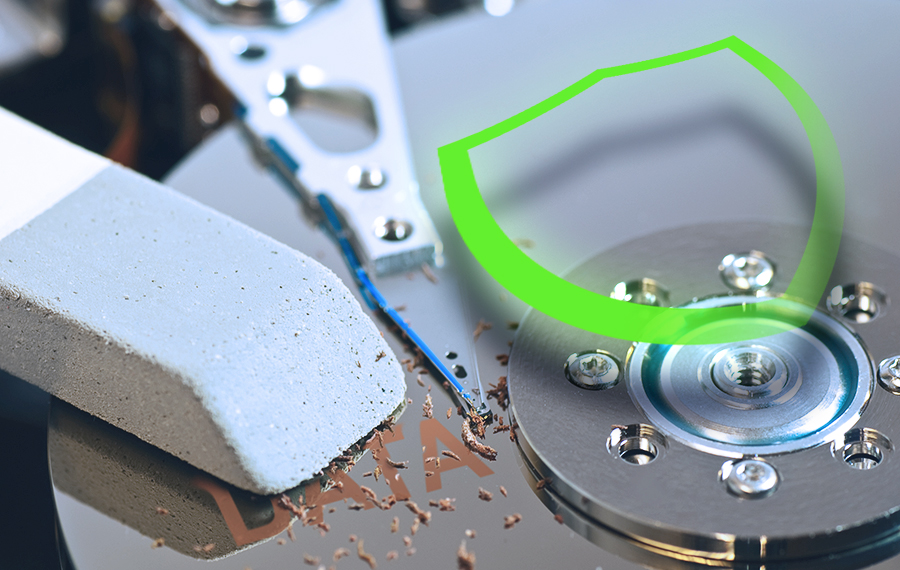In IT, your server is your lifeline. It is engineered to manage, store, and transport data on a consistent and efficient basis that is critical to the security of data. The benefits a server provides include file and network security, increased reliability, centralized data storage and backup, and virus management. Understanding your needs and the server life cycle can maximize investment while minimizing risk.
- Assess and Anticipate. What is the future growth of your enterprise? How many users will be accessing the network? Although buyers often tend to purchase servers with more capacity than is necessary, you want to future-proof your venture to its maximum capabilities. Companies using business-confidential databases or ones that are utilizing online programs should seek a higher-end system.
- Think Budget. Server life cycle and ownership include more cost factors in addition to the upfront payment. These include equipment, software licensing, company services, facility developments, retailer upkeep, network cabling, cooling, rack space, and management staff.
- Monitor Especially in smaller servers, overheating is common just like any other IT device. By maintaining a free-air cooled environment, you reduce electricity demands and risk of replacement, data loss and downtime due to overheating.
- Make a Backup Plan. Although backup software often accompanies the server operating system, it is advised that you review onsite and offsite plans to ensure the maintenance of your data. Consider cloud-based backup capabilities which provide offsite and easily accessible data storage.
- Trust Your IT Hardware Vendor. The objective of purchasing any server should be to invest in a data strategy and hardware solution that will meet your performance requirements for years to come. Make sure your vendor satisfies all inquiries regarding performance, backup, installation, compatibility, and any other concerns.
- Create a Data Destruction Plan. Hardware gets old and obsolete. Several industries such as healthcare and finance have very specific regulations for electronic data destruction. Work with your hardware supplier to create a secure and appropriate plan to protect your data and privacy when hardware is exchanged under emergency circumstances and planned refreshes.
Do you have any tips for determine server life cycles at your facility? Have you switched to cloud-based servers? What did you do with your old servers to ensure that they’re securely erased or destroyed?



